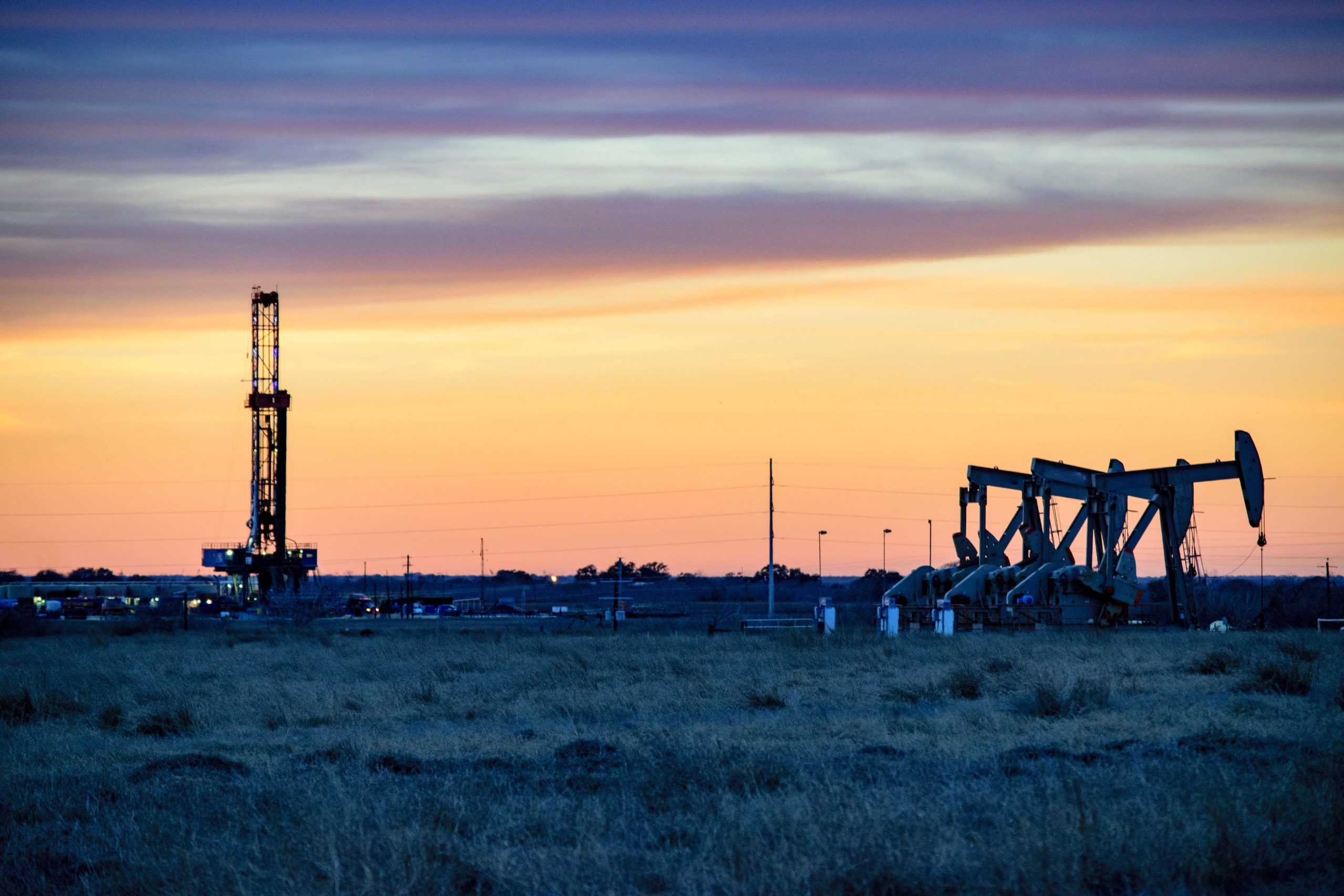The Eagle Ford Shale: Texas’ Southern Energy Engine
Located in South Texas, the Eagle Ford Shale is a massive hydrocarbon-producing formation that stretches for approximately 400 miles from the Mexican border near Laredo all the way to East Texas. Named after the town of Eagle Ford near Dallas, this shale formation lies beneath 26 counties and plays a crucial role in America’s energy production.
What makes Eagle Ford unique is its organic-rich shale, which produces not only crude oil but also natural gas and condensate—a valuable ultra-light oil. Lying at depths between 4,000 and 14,000 feet, the formation allows for both vertical and horizontal drilling, with many wells producing multiple streams of hydrocarbons.
Eagle Ford Shale – Key Stats & Economic Impact
- 🛢️ Oil Production:
Produces over 1 million barrels of oil per day, with some of the highest well productivity rates in the country. - 🔥 Natural Gas Output:
Outputs around 6 billion cubic feet of natural gas per day, making it a critical piece of the U.S. gas supply chain. - 🧪 Condensate Production:
Known for being one of the largest producers of condensate in the U.S., a valuable feedstock for petrochemicals and refined fuels. - 🧱 Depth & Thickness:
Shale depth ranges from 4,000 to 14,000 feet with pay zones up to 300 feet thick, making it ideal for fracking and horizontal drilling. - 📈 Peak Development:
Saw a boom between 2010 and 2015, with over 200 active rigs at its peak; continues to be a major source of production. - 💼 Job Creation:
Supports tens of thousands of jobs in South Texas in drilling, transportation, refining, and support services. - 🛤️ Infrastructure Hub:
Its proximity to the Gulf Coast refineries and export terminals gives Eagle Ford a logistical edge for global markets. - 🌎 Global Reach:
Plays a significant role in helping the U.S. become a leading LNG exporter due to its gas output.

